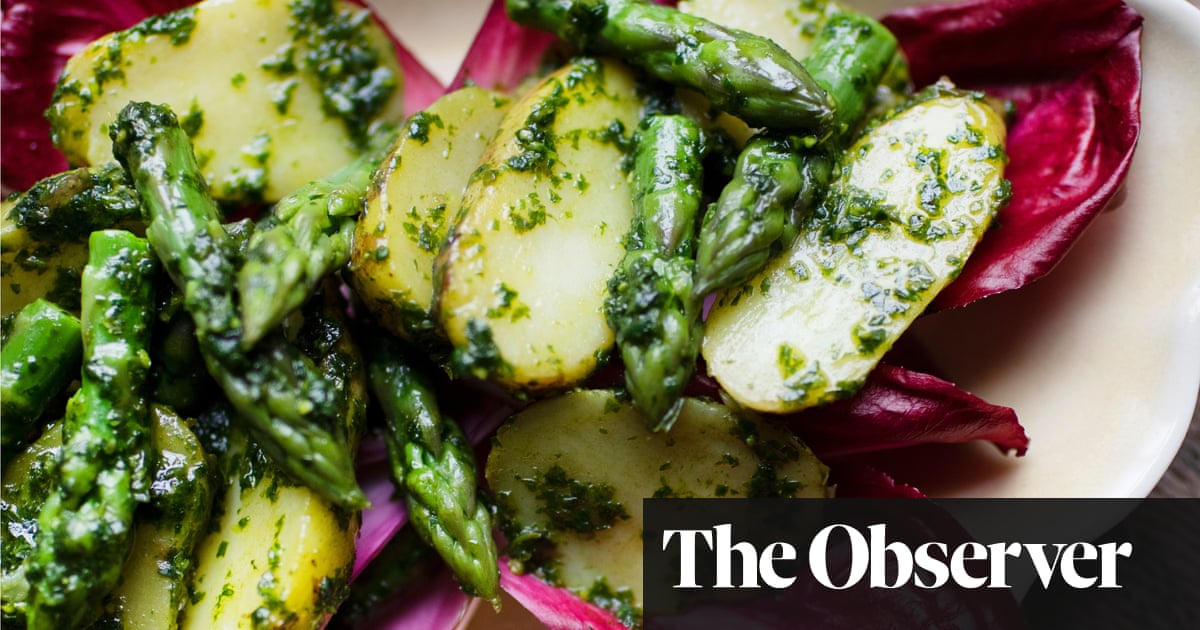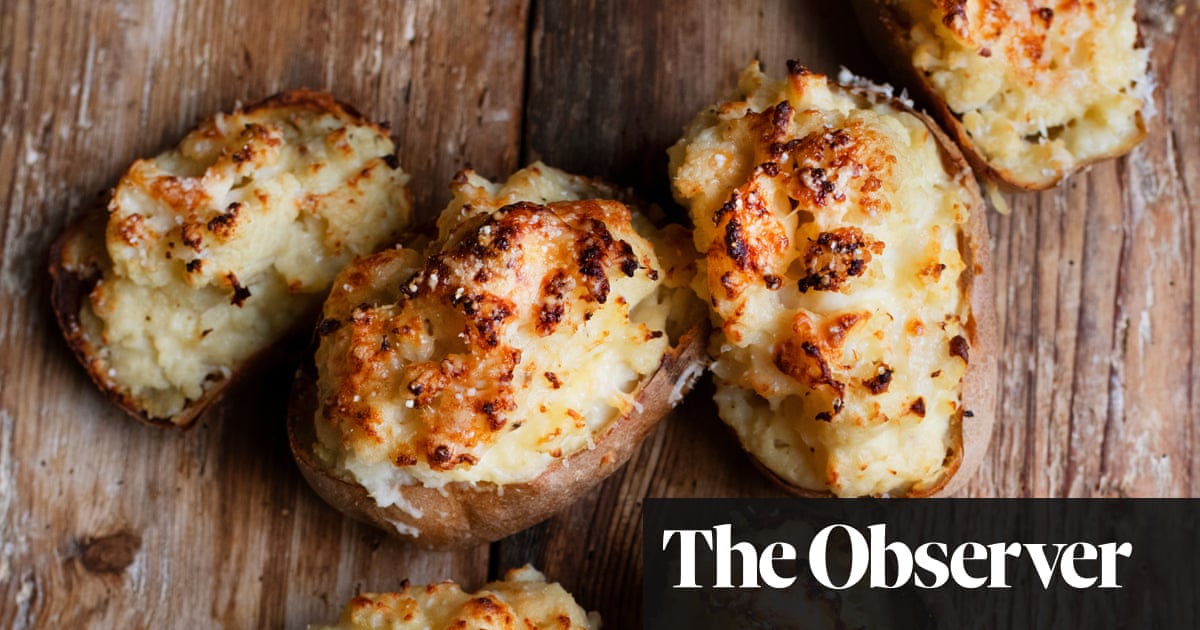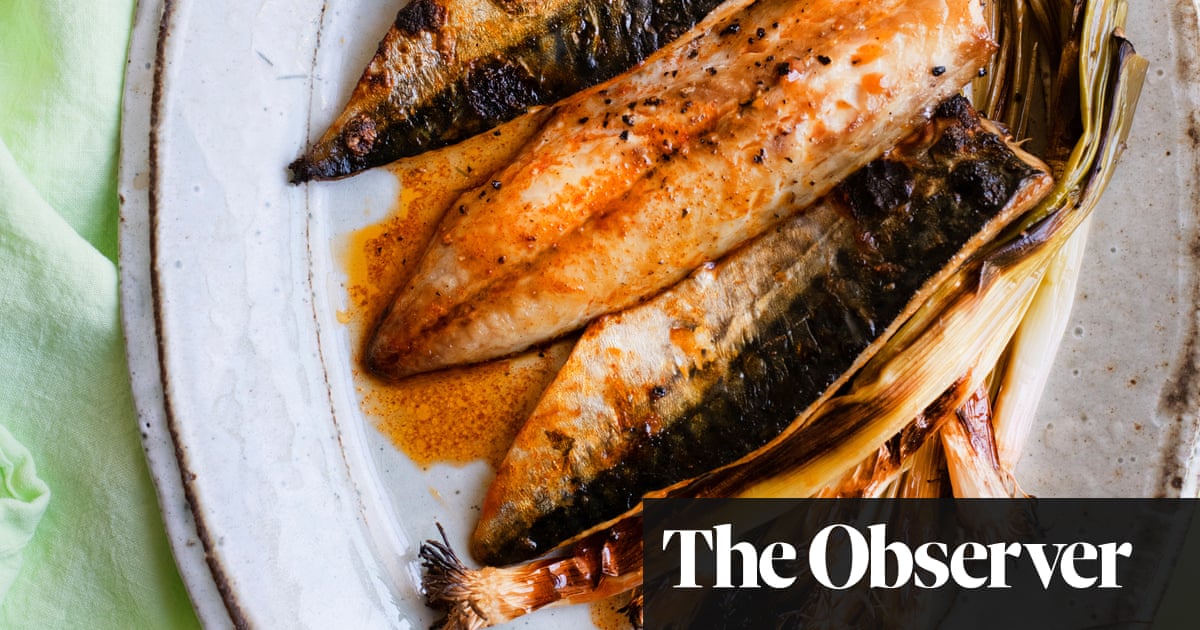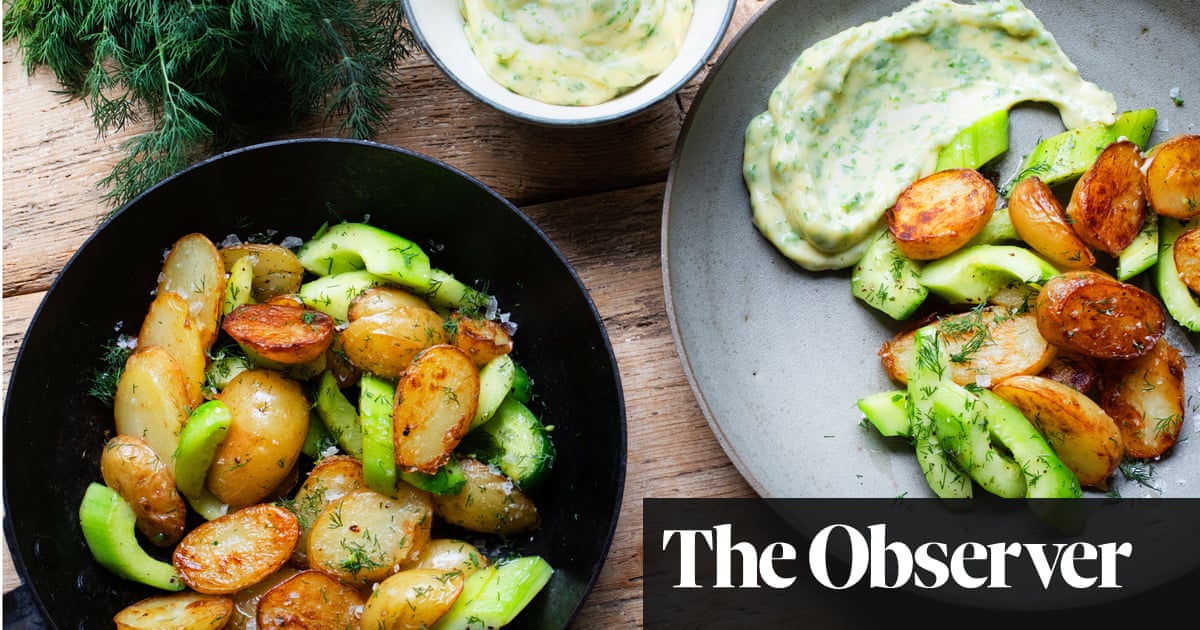
The garden paths are treacherous with the soggy black leaves of the medlar. Its fruit, black now, cling to the branches, daring me to simmer them with sugar and lemon into pots of amber jelly.
A pumpkin sits majestically on the kitchen window ledge. “This is my time,” it seems to say. The one I cut into last week – orange skin, deep ochre in colour and somewhat wet flesh – had made a rather sloppy mash, so I shall leave this one a week or two longer, to dry out a bit more.
Pumpkin flesh is useful in this kitchen as a stuffing for a puff-pastry pie or for a side dish to offer with baked field mushrooms or thick tranches of ham. I do my best to keep it firm by ensuring the peeled flesh never meets boiling water. Steaming or baking is the way to go.
I stirred a mash of butternut squash into a cheese scone mixture this week, taking care not to overwork it, then served them hot, with quince jelly. (The medlar jelly I have yet to make would have been good here.) Apple or redcurrant jelly would be suitable, too.
There were little baked potatoes around this week as well, perfect for Halloween or next week’s Bonfire Night celebrations. Their skins were scrubbed and lightly salted before baking, then split open and filled with a rich sauce – messy, piping hot, spicy and as good for eating outdoors around a fire as they would have been at the kitchen table.
Pumpkin scones
The trick to good pumpkin scones – light, fluffy and nicely risen – is not to overmix them. Once the cooked pumpkin, milk and water have been added, mix the dough lightly and for as little time as possible. Stop as soon as the ingredients are combined, otherwise your scones will be heavy. Serve the scones warm if you can, either straight from the oven or reheated in a hot oven for 10 minutes. If necessary, they will keep overnight in an airtight box. Serves 6
pumpkin or butternut squash 250g, peeled and seeded weight
plain flour 400g
baking powder 4 tsp
salt ½ tsp
butter 85g
parmesan 80g, grated
milk 100ml
water 100ml
grain mustard 2 tsp
egg 1, beaten, for glazing
Cut the pumpkin into large chunks and steam for 7-10 minutes until tender. Mix the flour, baking powder and salt in a bowl. Cut the butter into small chunks and rub it in with your fingertips. (You could do this in a food processor, but it hardly seems worth the washing up.) Stir in the grated parmesan.
Roughly crush the cooked pumpkin with a fork or potato masher – taking care not to reduce it to a smooth purée – then lightly stir in the grain mustard and a grinding of black pepper.
Add this to the flour mixture, then pour in the milk and water. Stir the liquids into the flour, season with black pepper and mix the ingredients carefully, taking great care not to overmix.
Turn the dough out on to a floured board and pat it into a circle, roughly 3cm thick. Using a 5-6cm biscuit cutter, make 12 to 14 scones and place them, well apart from one another, on a baking sheet.
Brush the top of each one with beaten egg, taking care not to let any drip down the sides (it will stop them rising), then bake for 12-14 minutes until they are golden.
Remove the scones from the oven and let them rest briefly before transferring them to a cooling rack. Eat them the day you make them, preferably warm and with some quince jelly.
Baked potatoes with ’nduja cream
I have always associated both Halloween and Bonfire Night with baked potatoes. I must have served them in every way imaginable, the long-term favourites being those whose flesh is mashed with smoked mackerel and cream or with crushed pork rillettes. This year brings a spicier version, made with tomatoes, mascarpone and ’nduja. The sauce also makes a superb dressing for pasta. Serves 2
For the cream:
onion 1, medium
olive oil 2 tbsp
garlic 1 clove
tomato purée 1 tbsp
tomatoes 500g
mascarpone 100g
nduja 50g
baking potatoes 4, large
To finish:
onion 1
olive oil 2 tbsp
parsley a good handful
Preheat the oven to 200C/gas mark 6. Wash the potatoes and bake them for 45-60 minutes depending on their size. They are done when their skins are crisp and the flesh inside is soft and fluffy.
Make the sauce by peeling and roughly chopping the onion. Heat the olive oil in a medium-sized pan, add the onion and let it soften over a moderate heat for 10 minutes, stirring occasionally. Peel and crush the garlic and stir into the onions. When the onion is gold in colour, add the tomato purée and continue cooking for a minute or two. Roughly chop and stir in the tomatoes, then leave to simmer, without seasoning, for 15 minutes until thick.
Make the onion and parsley to finish. Peel the onion and slice finely into rings. In a shallow pan, heat the olive oil, then add the onion rings and cook over a moderate heat for 15-20 minutes, stirring regularly, until nutty brown. Chop the parsley finely (you will need about 2 tbsp), add to the onions and set aside.
Stir the mascarpone and ’nduja into the tomato sauce and check the seasoning. Remove the potatoes from the oven, split them open to let the steam escape, spoon the ’nduja sauce inside, then scatter the onions and parsley over the top.












